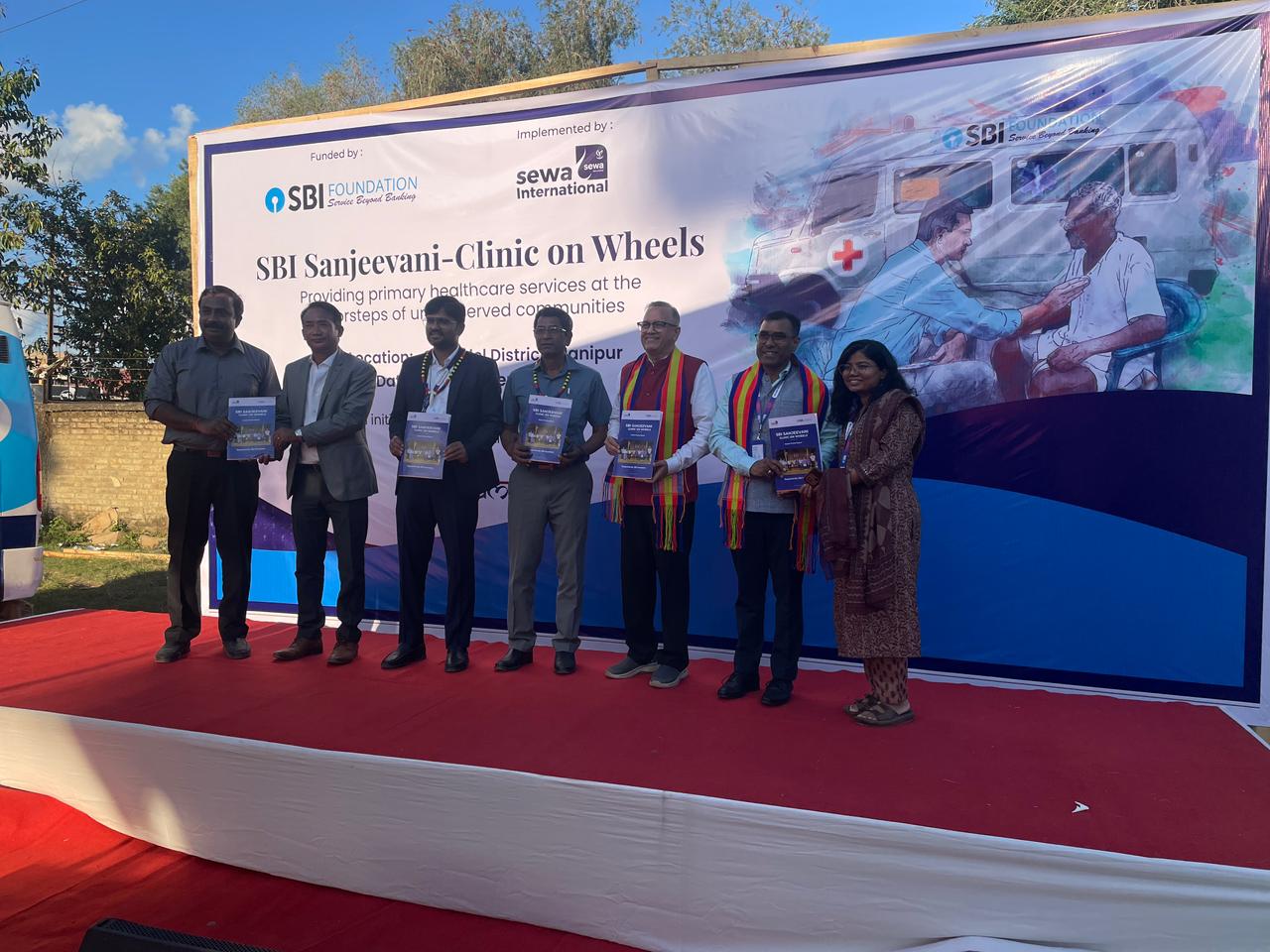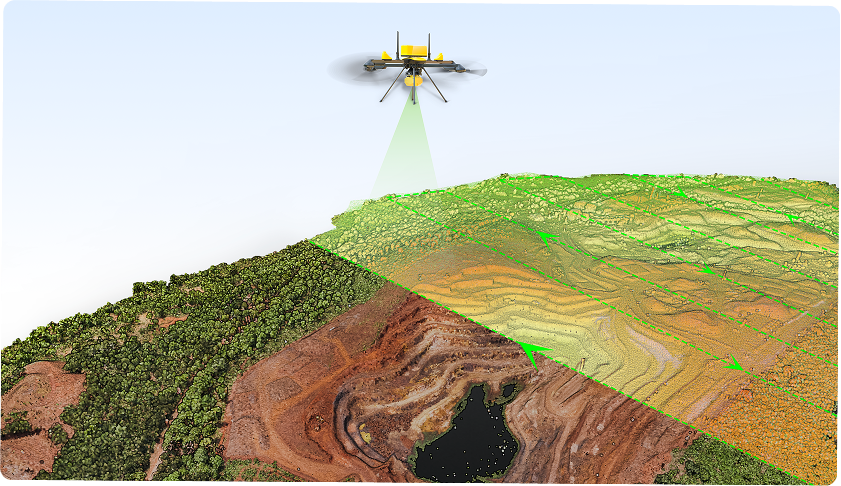
— By Suyash Rai
When I began my career optimizing 3G networks in India, the biggest challenge was improving signal strength and minimizing dropped calls. Back then, radio frequency (RF) engineers relied on drive-test data and human intuition. Today, the telecom landscape is undergoing a seismic transformation — driven not just by faster speeds, but by artificial intelligence becoming embedded in the very DNA of network infrastructure.
As the industry stands at the threshold of 6G, we are no longer asking how to connect devices. We are designing networks that can sense, decide, and act autonomously.
The Burden of Complexity in Telecom
Modern telecom networks are incredibly complex. A typical Tier-1 operator handles thousands of base stations, generating millions of alarms daily. Manual processes cannot keep up. Network operations centres (NOCs) are overwhelmed with noise, and mean time to resolution (MTTR) remains high — affecting user experience and operator profitability.
Despite huge investments in 5G, many telcos still operate in silos with legacy operational support systems (OSS) and low automation. Meanwhile, the pace of demand — from IoT, edge computing, and private networks — is accelerating.
This is where AI, specifically large language models (LLMs) and intelligent agents, are changing the game.
Building the AI-Driven Network: My Role in the Transition
During my time with telcos, I have had the opportunity to work at the intersection of RAN intelligence, open standards, and applied AI.
One of my most impactful projects involved implementing GenAI-powered retrieval-augmented generation (RAG) systems in telecom operations. These systems allowed engineers to ask natural language questions like "Why is cell ABC123 seeing a latency spike?" and receive detailed, context-aware insights — something that previously took hours of log diving and cross-referencing.
I have also led initiatives that reduced alarm noise by over 60% using AI-based correlation models. Instead of thousands of disconnected alerts, operators receive concise root-cause summaries with recommended actions — a game changer for NOCs and field teams.
In the open RAN space, I played a key role in ensuring compliance with Telecom Infra Project's (TIP) MUST guidelines — helping build more interoperable and vendor-neutral networks, particularly for private 5G deployments.
These are not just technical wins. They are foundational shifts in how telecom networks operate and evolve.
From Tools to Intelligence: Agentic AI in 6G
Looking ahead, 6G will not just be faster. It will be smarter. The rise of “agentic AI” — where intelligent agents autonomously orchestrate tasks across the network — will define the next generation of telecom.
Imagine this:
A network agent detects a power supply degradation in a rural site, correlates it with historical maintenance data, forecasts downtime, and dispatches a ticket — all without human intervention. This is not science fiction; it is already being prototyped in advanced research networks.
The RAN Intelligent Controller (RIC) and xApps/rApps ecosystem is laying the foundation for such intelligent orchestration. But without AI at the centre, these platforms risk becoming glorified dashboards. My work focuses on embedding decision-making capabilities — from anomaly detection to proactive resource allocation — directly into the control loop.
Humanizing Telecom with AI
One of the most underestimated aspects of AI in telecom is its impact on the human element.
Engineers are no longer buried in logs. Field techs are empowered with actionable insights. Business teams can model network scenarios using natural language prompts. This democratization of intelligence transforms telecom from a reactive service to a proactive enabler of digital transformation.
It also opens new career pathways. I have mentored cross-functional teams learning to combine network expertise with data science, empowering the next generation of telecom-AI hybrids.
Leading Through Innovation and Collaboration
Over my 17-plus years in the industry, I have worked with leading telcos in product development and managed services. I have had the privilege of leading diverse teams, managing strategic partnerships, and co-authoring industry-shaping documents.
But innovation is not a solo journey. I continue to engage with initiatives like TIP, IEEE, and open-source RAN efforts, because I believe the future of telecom lies in collaborative intelligence — among people and among machines.
What Comes Next?
The 6G era will demand networks that can self-learn, self-optimize, and self-heal. It will also require leaders who can bridge deep domain knowledge with AI fluency — and who understand the human, ethical, and operational implications of autonomous networks.
As someone who has seen telecom evolve from 2G towers to AI-driven clouds, I am excited not just to witness the change, but to actively build it.
Because the future of connectivity is not just about faster networks. It is about smarter connections — between machines, and between people.
Disclaimer: The views expressed in the article are the author’s own and don’t necessarily reflect the views of India Sentinels.
About the author:
Suyash Rai is a seasoned telecom executive with over 17 years of experience spanning 5G, Open RAN, private wireless, and emerging 6G technologies. He has led cross-functional teams and driven innovations across major telecom transformation projects globally. Suyash is currently based in Dallas, Texas, where he continues to contribute to next-generation network strategies and AI-driven telecom solutions.
Follow us on social media for quick updates, new photos, videos, and more.
Twitter: https://twitter.com/indiasentinels
Facebook: https://facebook.com/indiasentinels
Instagram: https://instagram.com/indiasentinels
YouTube: https://youtube.com/indiasentinels
© India Sentinels 2025-26










